Ancient Cyprus was a land of rich historical heritage and numerous architectural landmarks. On the eastern coast of the island, in the town of the same name, stands one of the most revered Christian sanctuaries — the Ayia Napa Monastery. Its name is closely associated with the icon of Agia Napa.
In ancient times, the natural conditions of the island significantly differed from modern times, and the area around Famagusta was covered in dense forests. In reality, the name of the monastery, and subsequently the settlement, Ayia Napa or "Sacred Forest," was quite fitting.
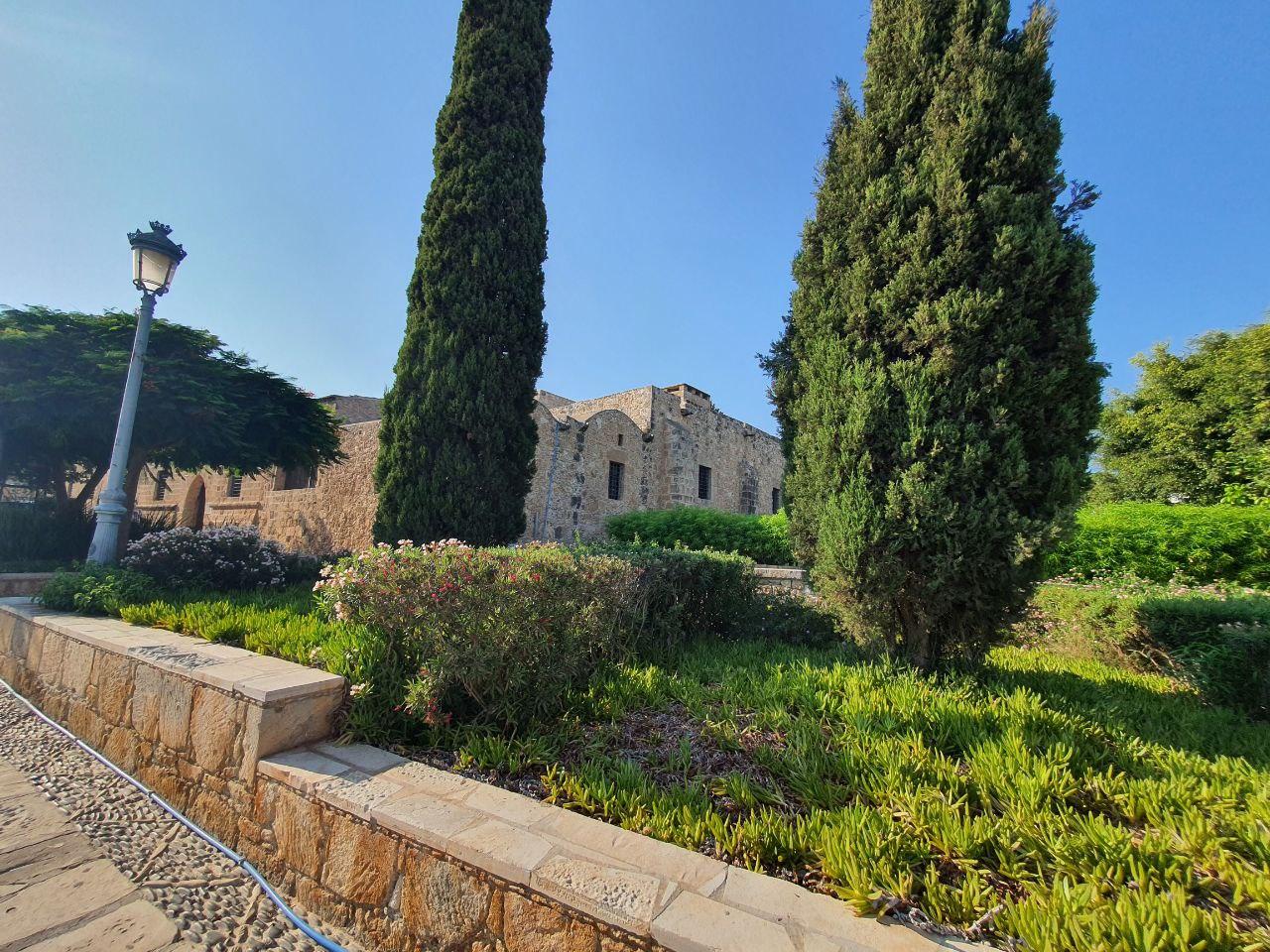
History
The first mentions of the monastery date back to the second half of the 14th century during the Venetian rule over Cyprus. According to legend, a hunter walking in the forest with his dog discovered a cave. Upon entering, the four-legged companion saw an icon on one of the rocks and alerted its owner with its barks. As it turned out, it was an image of the Most Holy Mother of God, which was believed to have been in the cave since around the 12th century. Learning about the discovery, local residents began to visit the sacred site. In due course, a chapel was built over the cave.
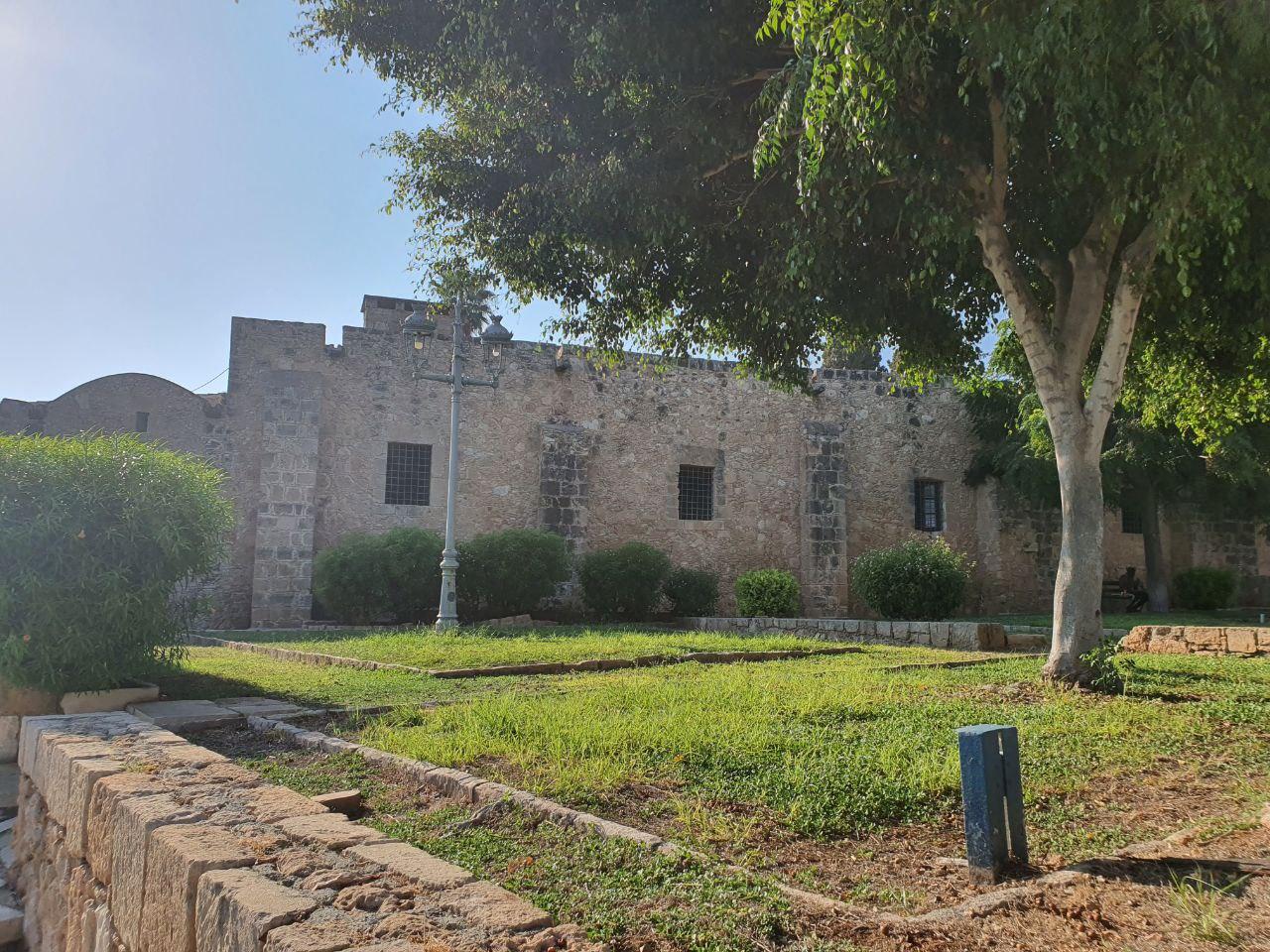
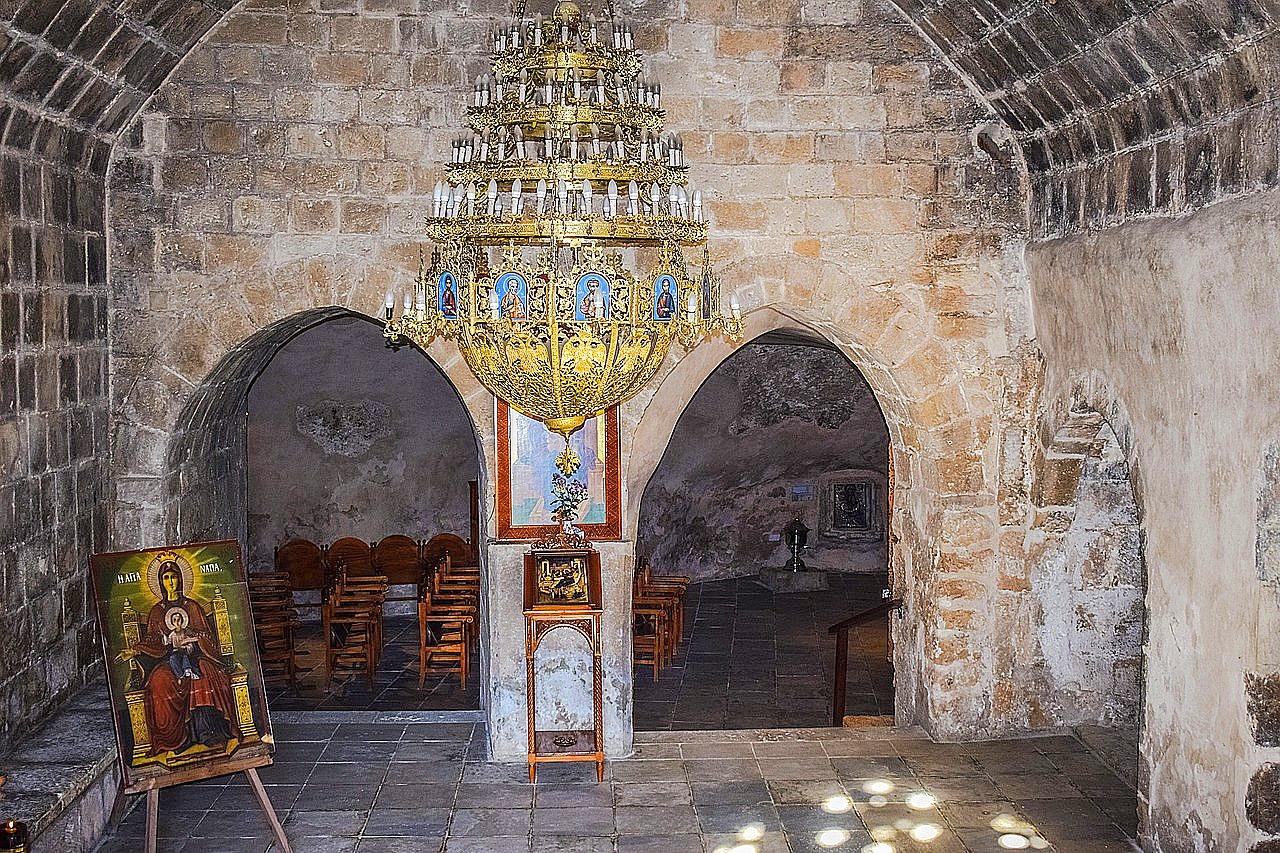
Another historical tale revolves around a girl from a noble Venetian family. Escaping from her parents, who forbade her to marry a commoner, she took refuge in the same cave.
Around 1500, she financed the construction of a church, monastic cells, and a mill, which became the cornerstone of the monastery. On the northern side of the courtyard is a fountain shaped like a boar's head. Above it stands a two-story building where the Venetian girl resided.
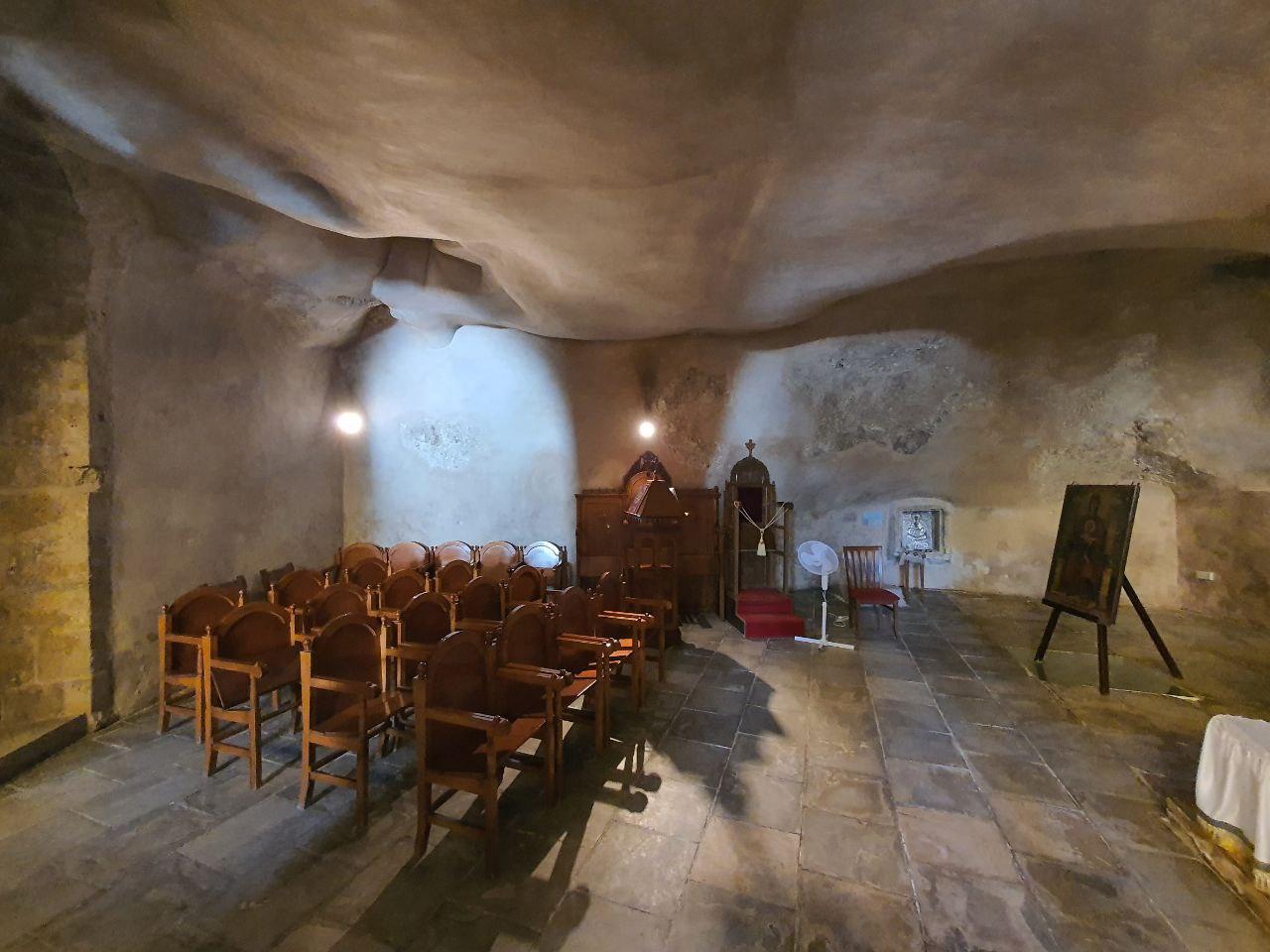
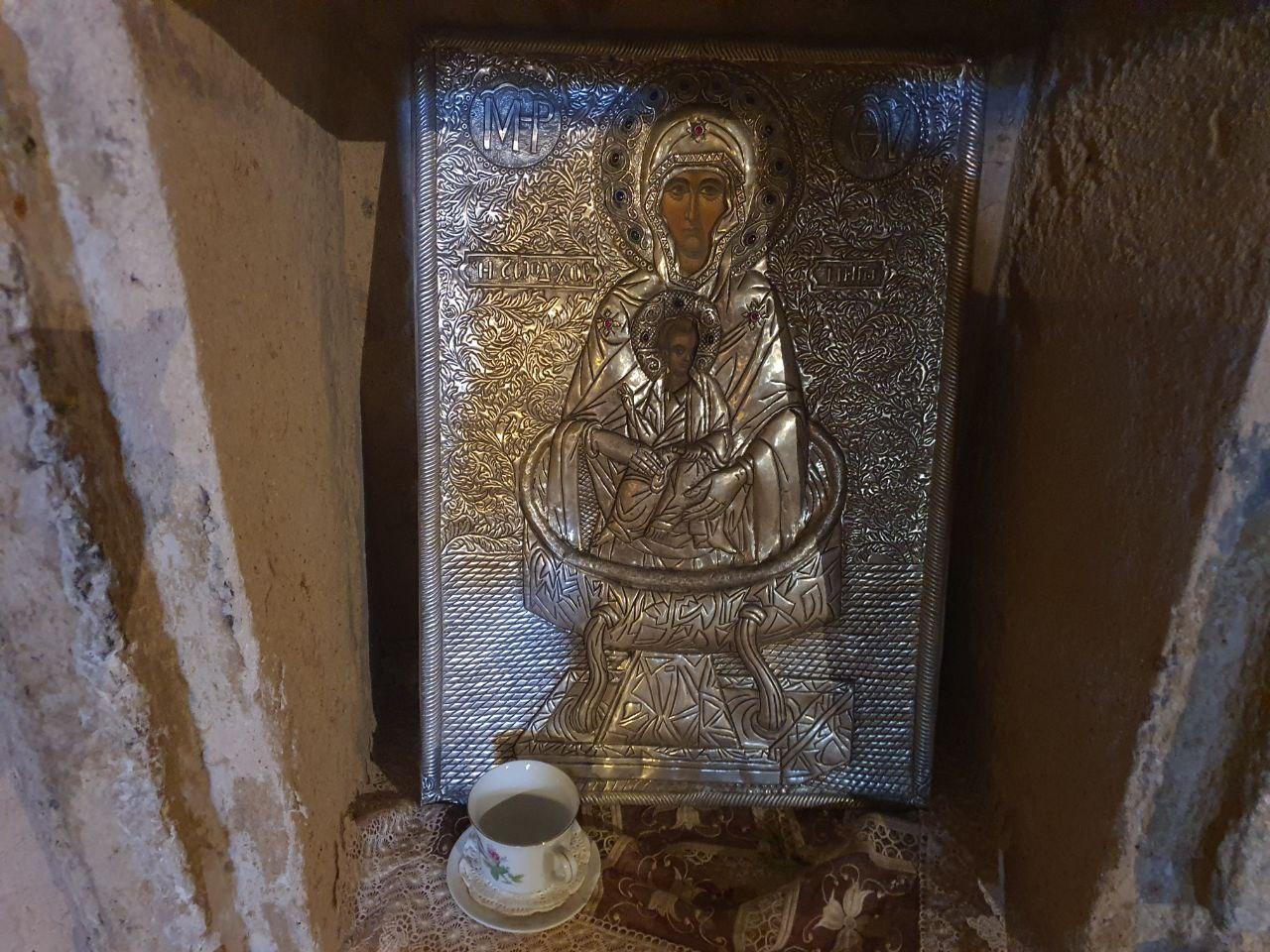
In 1571, Cyprus fell under the influence of the Ottoman Empire. During this period, the monastery played a significant role in the country's history as a refuge for women, as well as a spiritual and cultural symbol of the nation. Unlike other cult buildings, Ayia Napa Monastery was not destroyed. In 1625, Italian traveler and diplomat Pietro della Valle accurately described the monastery's architecture, which has remained unchanged to this day.
At different times, the monastic cells served as shelters for both women and men. Historians still cannot determine why permanent residents abandoned the monastery in 1758. Interestingly, it was originally located in an uninhabited area. In the mid-18th century, a village began to form around the monastery. The first residents were migrants from Thessaloniki who left their homeland due to a plague epidemic.

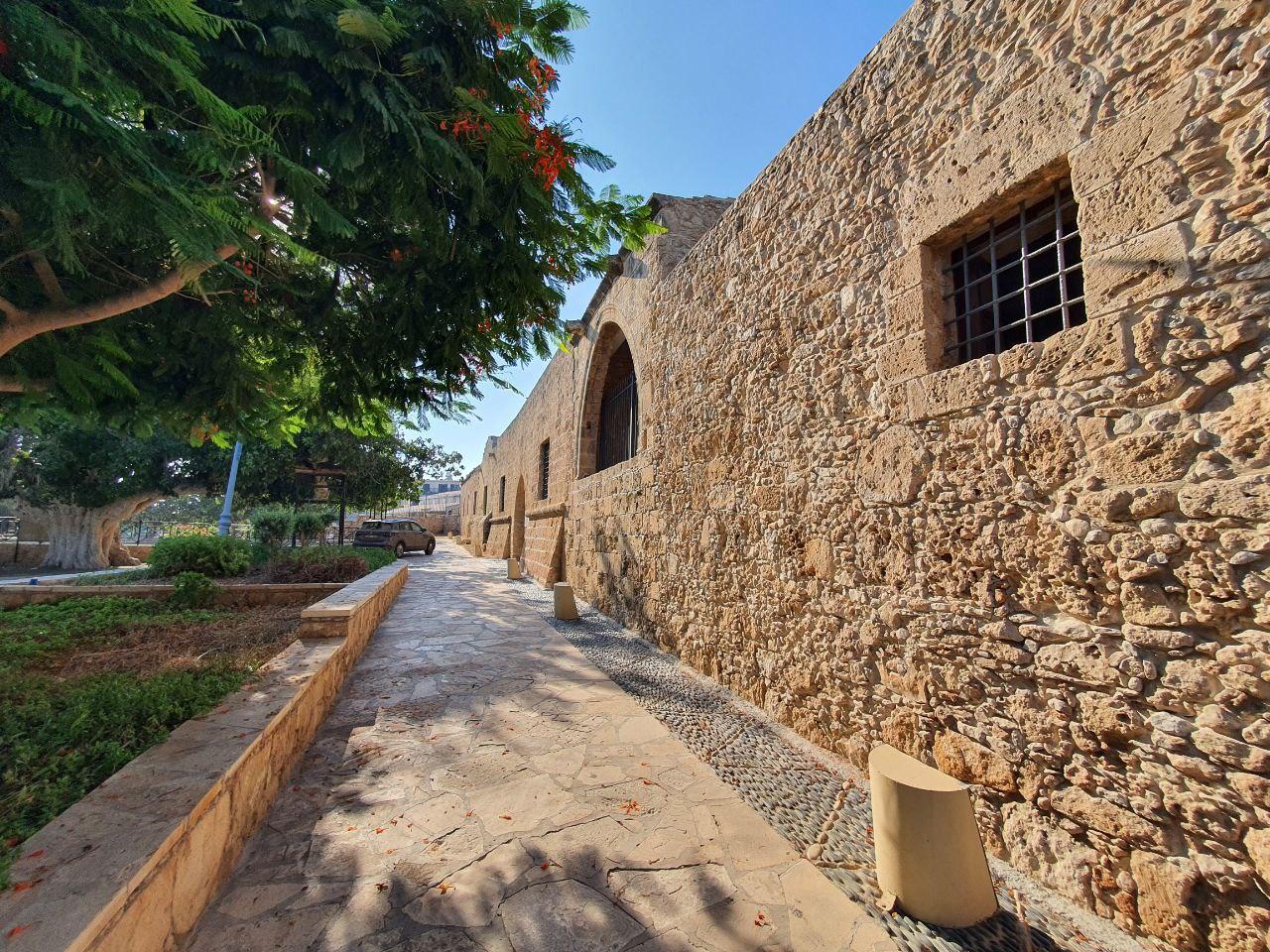
Subsequently, the monastery underwent restoration, and its property was leased to local peasants. After British rule was established in 1878, the monastery became a permanent parish, including for residents from other regions of the island. In the 1950s, in order to preserve all historical buildings, fundamental restoration work was carried out.
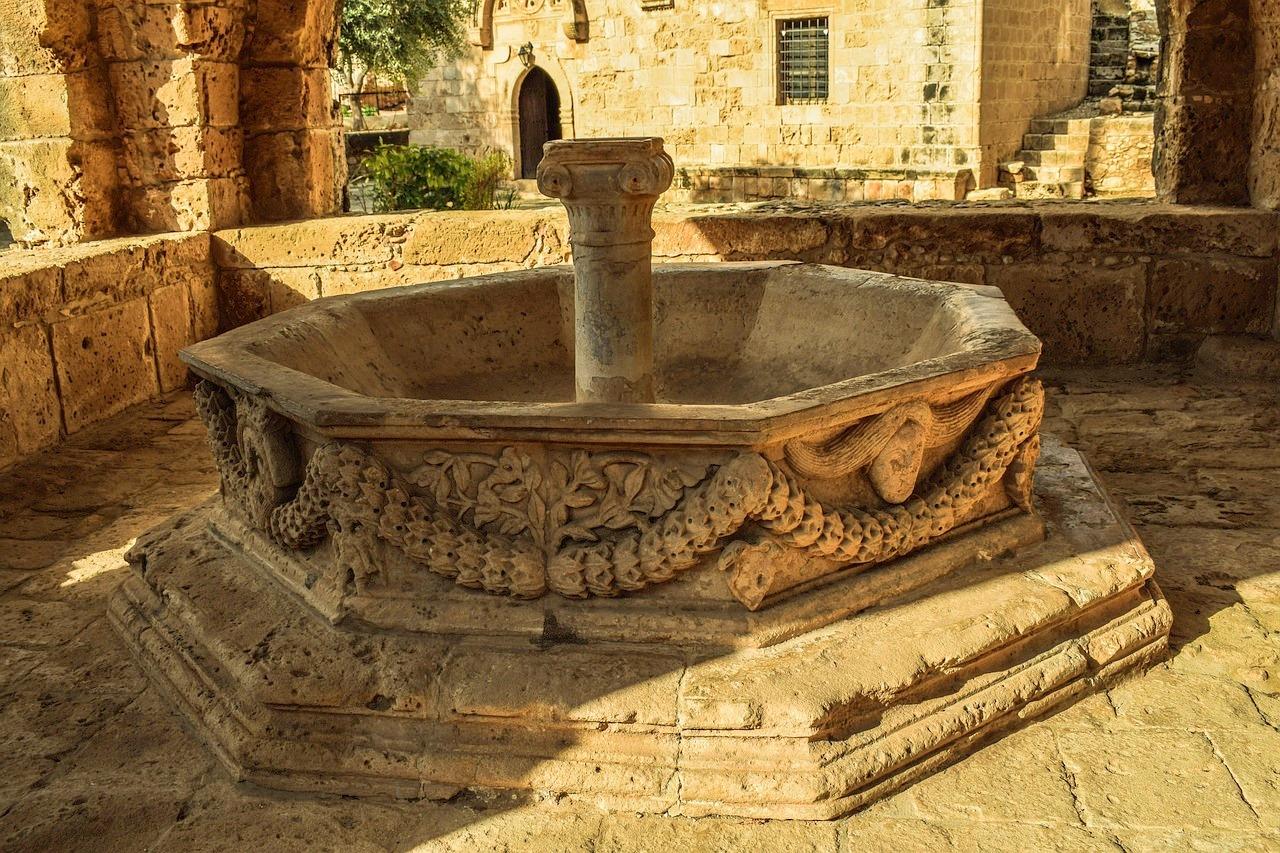
During the rule of Archbishop Makarios III of the Orthodox Church of Cyprus, the monastery became an Ecumenical Center, uniting church parishes in Cyprus and the Middle East. Incidentally, ecumenism is a movement for the rapprochement and unification of various Christian denominations. Due to the increasing number of parishioners, a new church was erected to the southwest of the monastery in 1990.
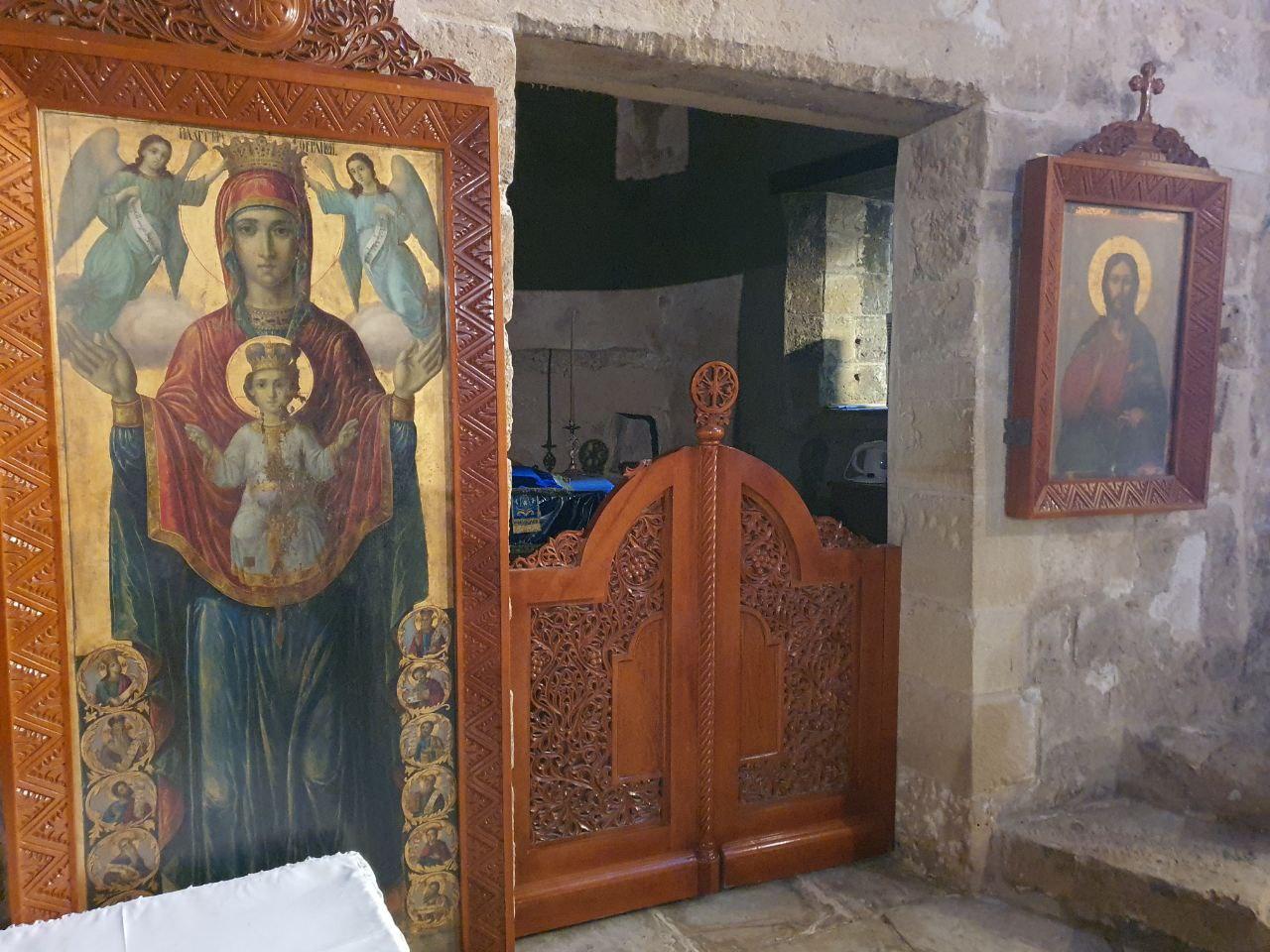
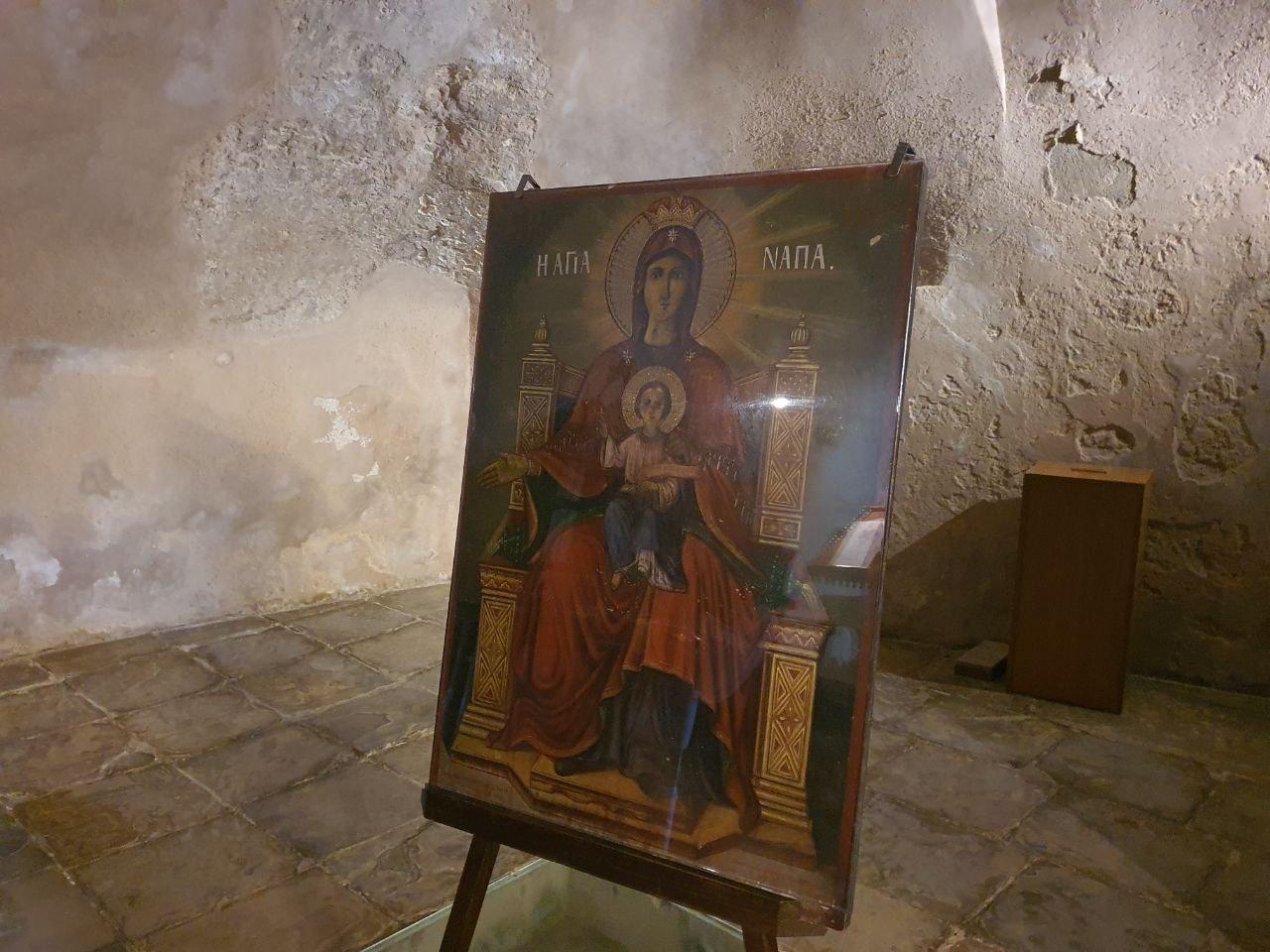
Today
The modern architectural ensemble of Ayia Napa includes the aforementioned new structure and the monastery surrounded by high walls, part of which is underground, while another part is carved into the rock. It is currently transformed into a museum, and a relic tree — a sycamore fig — grows in front of the southern gates. According to legend, this tree was planted by the same Venetian fugitive. The tree's age exceeds six centuries. After the reconstruction of the Holy Metropolis of Constantia Ammochostos (Famagusta) in 2007, the monastery came under its administration.
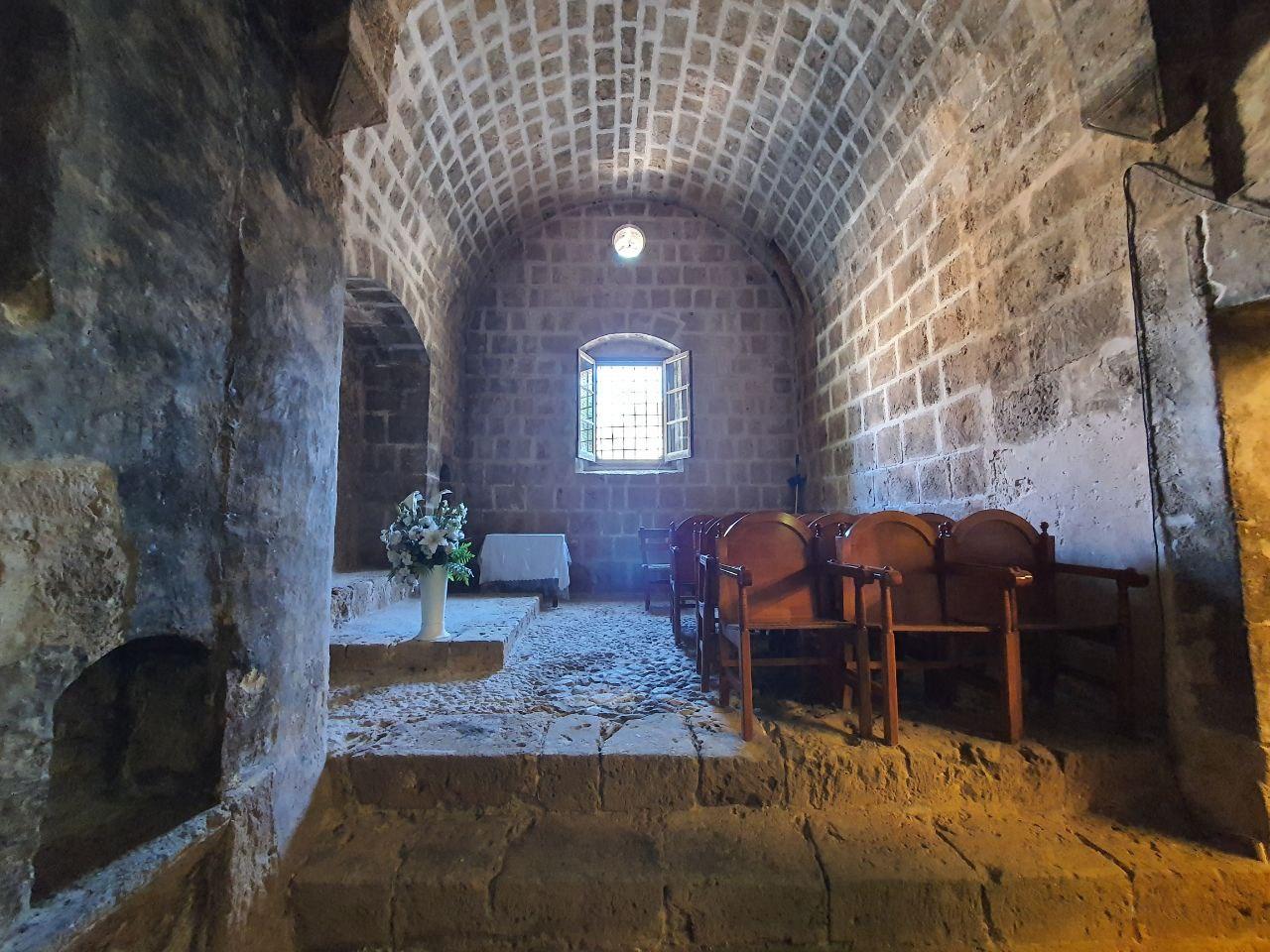
Metropolitan Bishop Vasilios initiated and organized the Saint Epiphanius Cultural Academy within the territory of the monastery. Its mission is focused on conducting theological and historical research, as well as promoting interfaith dialogue. Throughout the year, the monastery hosts festivities and large-scale religious events. The most significant celebration is the birthday of the Virgin Mary, observed in September.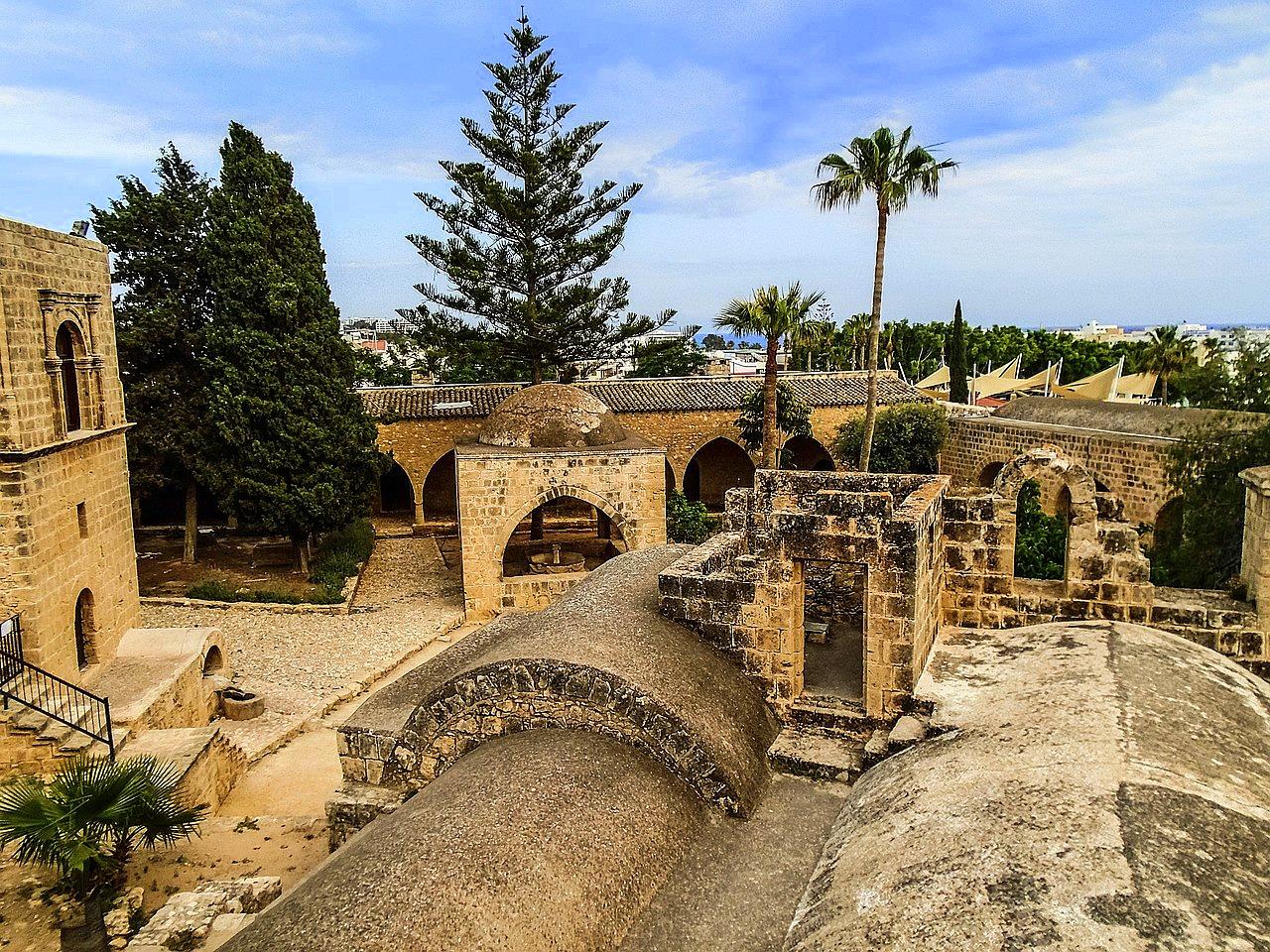
By the grace of the Most Holy Mother of God, infertile couples and women experiencing difficulties during pregnancy pray before the icon bearing her image in the active church, seeking the miraculous help of the Holy Ayia Napa Belt. The monastery is a blessed place where anyone can find solace and inner peace. While standing within the well-maintained and picturesque temple grounds, it's hard to believe that one of the city's most popular and bustling tourist destinations lies just beyond its walls.
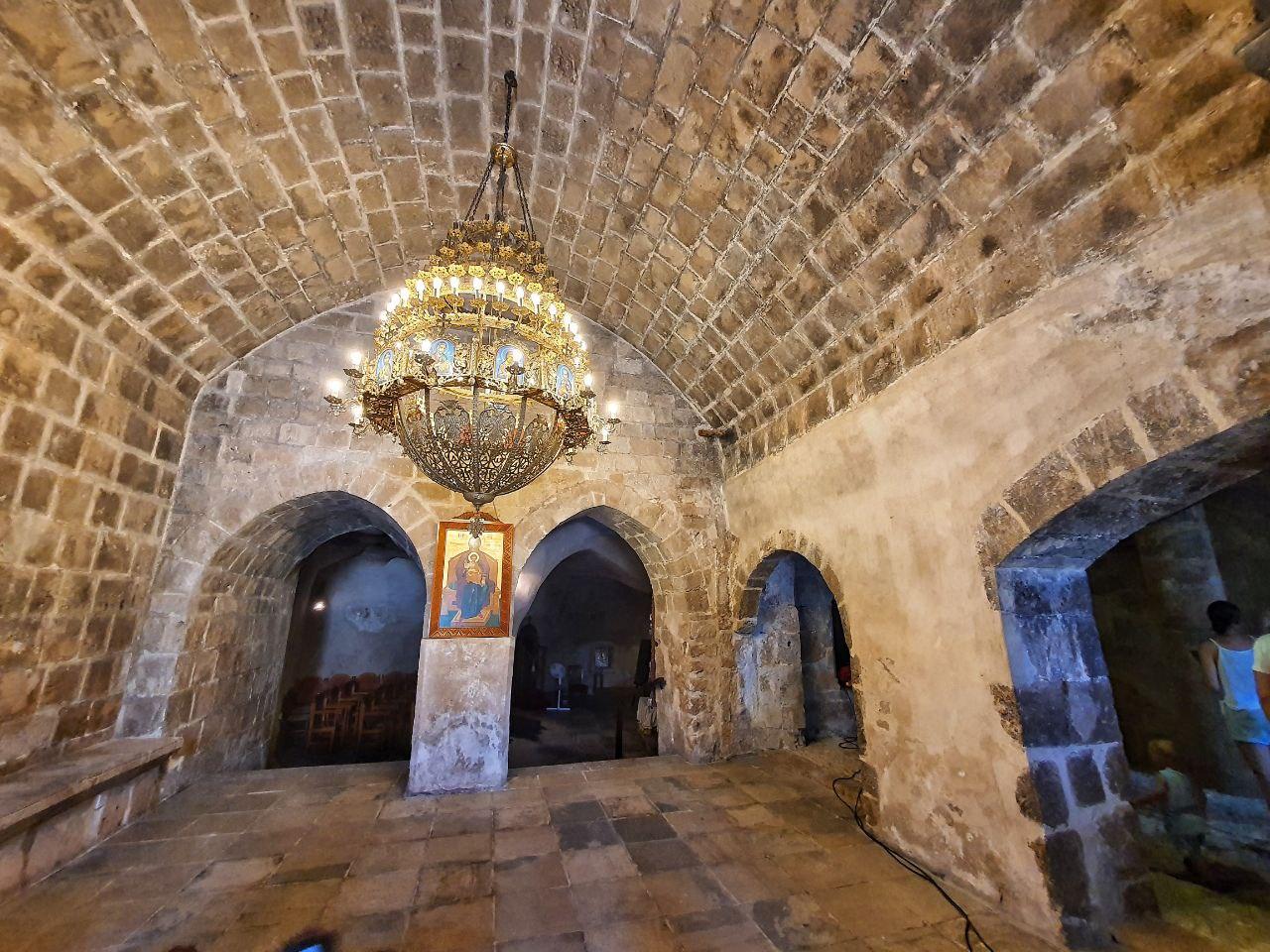
Location and Opening Hours
The monastery is located in the tourist center of Ayia Napa, approximately a kilometer from the coastline. You can reach this attraction by taking bus No. 101/102 (the route number changes depending on the direction), which runs along the line of local hotels. The frequency of the buses is 10-15 minutes, and you should get off at the "Center" stop. Coordinates for navigation are latitude 34.9892, longitude 33.9997.
During the winter, the monastery is open for visits from 9:30 AM to 3:00 PM, while in the summer, it's open from 9:30 AM to 9:00 PM. It's recommended to visit the sanctuary in the evening during the summer when the heat subsides.
Admission is free, and donations are accepted.
Ayia Napa Monastery impresses visitors with its unique architecture. Being inside, guests feel the favorable atmosphere and the energy of the holy place. Over the centuries of its existence, the ancient walls of the temple can tell much about the illustrious history of the Cyprus island.
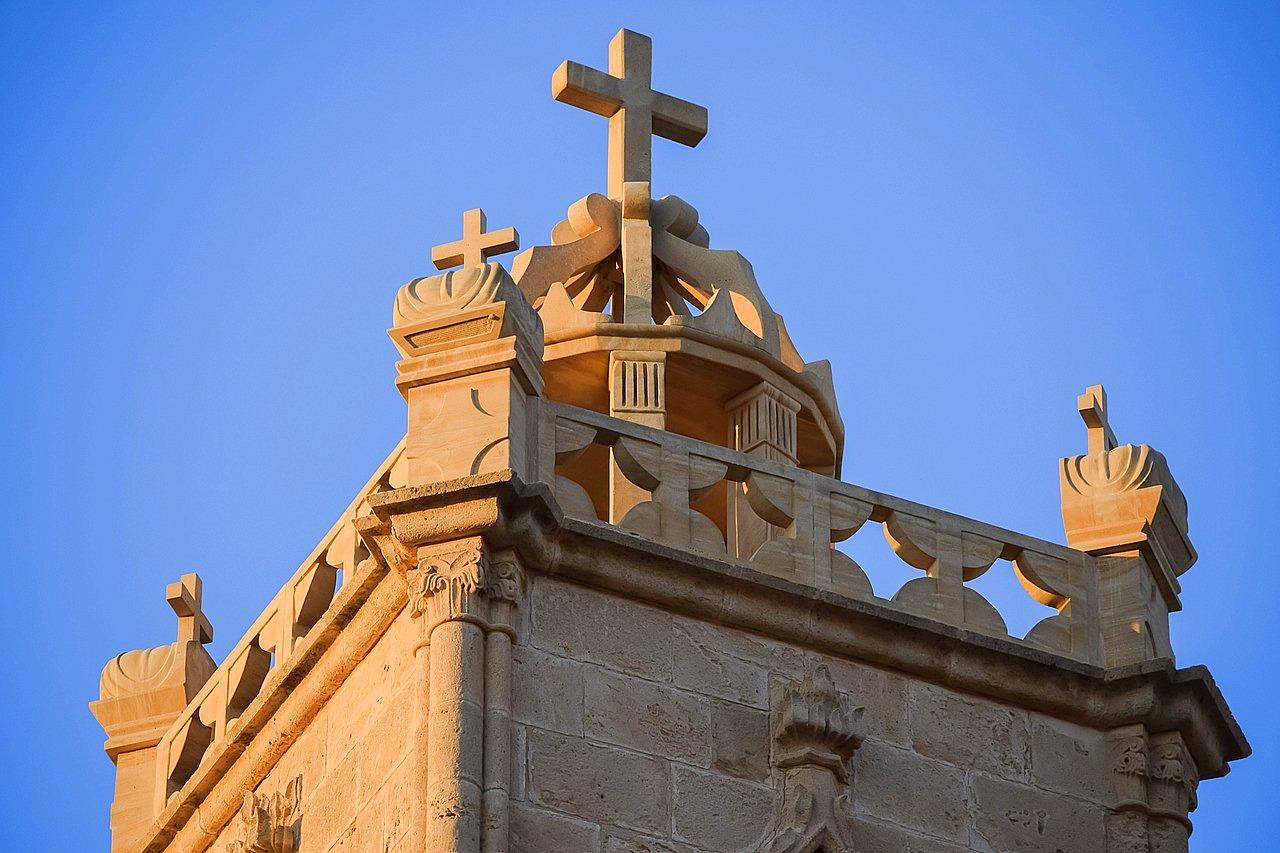
For detailed information about all projects in Ayia Napa, you can contact the specialists of the number 1 real estate agency in Cyprus, DOM, by phone at +357 23 010 149, or in person at the address: Protaras Avenue 243, Paralimni 5290, Famagusta.
Also Read:


